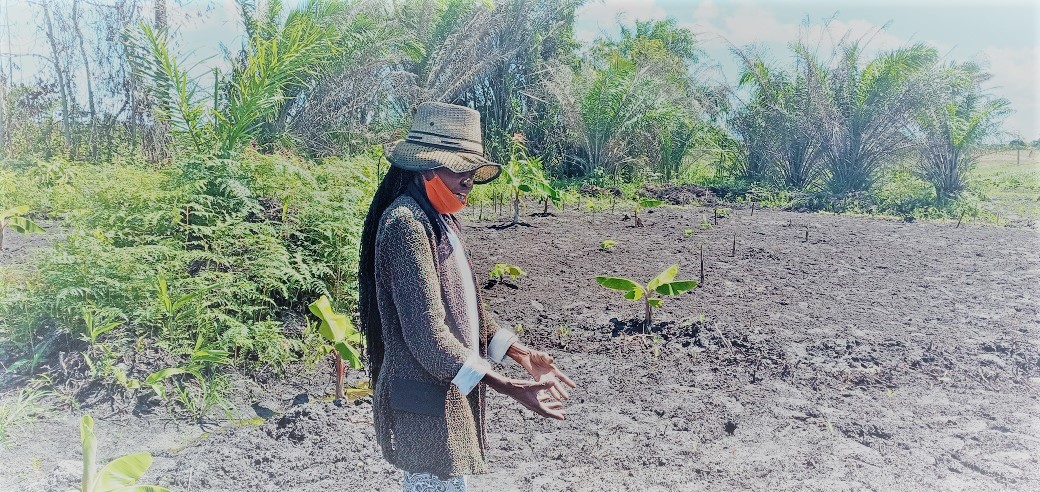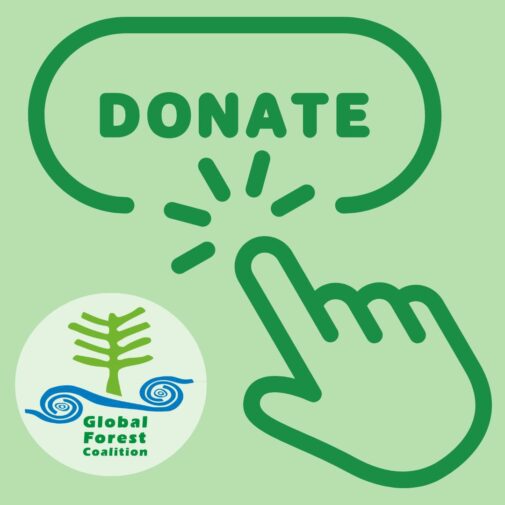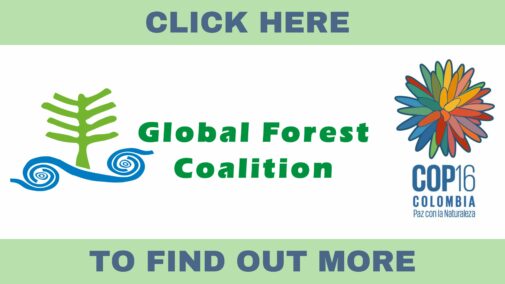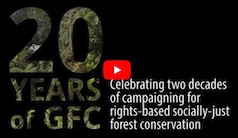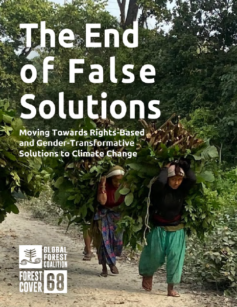5 Films that Could Help in the Struggles to Save Our Forests
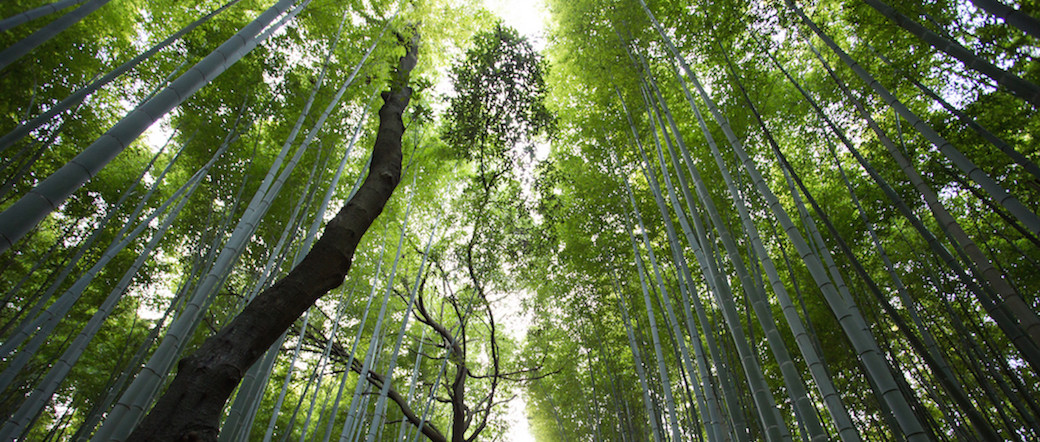
By Emma Bailey*, youth guest blogger
Despite being one of the largest contributors to climate change, the problem of deforestation and land degradation is largely removed from the public eye. Yet if the issue persists unabated, the lack of trees will result in an even greater level of greenhouse gases in the atmosphere, as well as irreparable damage to the lives and habitats of indigenous peoples and animal species.
More needs to be done not only to combat deforestation itself, but to also encourage a broader awareness of our dependance on what the forest provides.
It’s estimated that an area of forest the size of Panama disappears each year. Besides detracting from the natural beauty of our planet and posing challenges to wildlife whose habitats are lost, this change also bodes ill for the human denizens of the world. Ohio Gas has reported that traditional gas and oil powered vehicles emit about 1500 million metric tons of carbon dioxide every year. But according to The Conversation, forests help to “counteract” our behavior by removing 1.1 billion tons of carbon from the atmosphere annually. Trees help to undo the damage caused by the anthropogenic emission of carbon dioxide – a benefit we sorely depend on.
While these facts are technically no secret, and are featured prominently in research on the subject, words alone often fail to capture the imagination of a lay public. Fortunately, documentaries can be used to drive the point home in a more visceral, visual sense. Here are five perfect examples of how film can be used to further the cause of the forests:
If a Tree Falls
If a Tree Falls, winner of a documentary editing award at Sundance, tells the story of the Earth Liberation Front, which embarked on “economic sabotage and guerrilla warfare” to promote its ecological aims. Several of the members of the ELF were arrested and sent to jail after burning down buildings belonging to enterprises that were harming our natural surroundings, but some of the installations were mistakenly targeted and were actually owned by innocent parties. The film stands as a reminder that overheated and precipitate actions, ostensibly to protect Mother Nature, may turn out to be foolish and ultimately counterproductive.
Green: Death of the Forests
With no dialogue, voice-overs or indeed human speech of any kind, Green: Death of the Forests lets its images speak for themselves. Filmmaker Patrick Rouxel captured images of logging machinery cutting down trees in Indonesia and interspersed this footage with the story of an orangutan whose habitat was destroyed. The orangutan eventually dies, a symbol for the countless other species that will probably go extinct if deforestation isn’t widely curtailed. Rouxel stated that he hopes to convince consumers to cut back on purchasing physical goods that they don’t really need.
The Magical Forest
Each individual animal or plant doesn’t exist in isolation; it forms a part of the vast web of life. This is the point that’s beautifully illustrated by The Magical Forest, presented by Chris Packham. He shows how a single species of animals, such as flying squirrels, has interlocking relationships with others denizens of the forest. These interactions between different types of creatures are delicate and could be easily threatened by unsophisticated techniques employed by those who want to cut trees down.
Earth on Fire
One of the most thrilling natural phenomena is the spectacle of a forest fire. Earth on Fire explores the causes and consequences of these wide-scale, devastating events. Areas that have witnessed the passage of one of these conflagrations are often denuded of birds and other fauna, and the topsoil can be seriously damaged. Yet the traditional, wholly negative view of forest fires is too simplistic a position – there are certain positives that the occasional and limited blaze do provide.
Surviving Progress
The modern concept of continuous economic growth, fueled by debt, and most especially the notion of “progress” are illusory pitfalls. So contend filmmakers Mathieu Roy and Harold Crooks in their documentary Surviving Progress. They explore how people and whole countries are essentially mortgaging their futures away in the pursuit of these misguided principles. In order to make exorbitant interest payments, many turn to natural resources, including forests, as the easiest way to raise the needed capital. The film features interviews with many notable people, like astrophysicist Stephen Hawking and chimpanzee aficionado Jane Goodall.
In addition to learning more about our connection to the forests, there are numerous simple actions that everyday people can take to help reduce their impact on the Earth. Planting new trees is one obvious way to help ameliorate the problem, but eating fewer meat products, shopping for food grown close to home and recycling paper and other wood products reduces the demand for more trees to be taken down in the first place.
By observing the powerful impact deforestation and land degradation has on our planet, people will hopefully be compelled to greater action. Movie-making is certainly becoming a powerful tool in the arsenals of those who care about the planet as it has the power to inform the mindsets of millions.
*Emma Bailey is a freelance writer and blogger from Ft. Lauderdale, FL. After attending college in the South she relocated to Chicago, IL. Tweet her at @emma_bailey90

